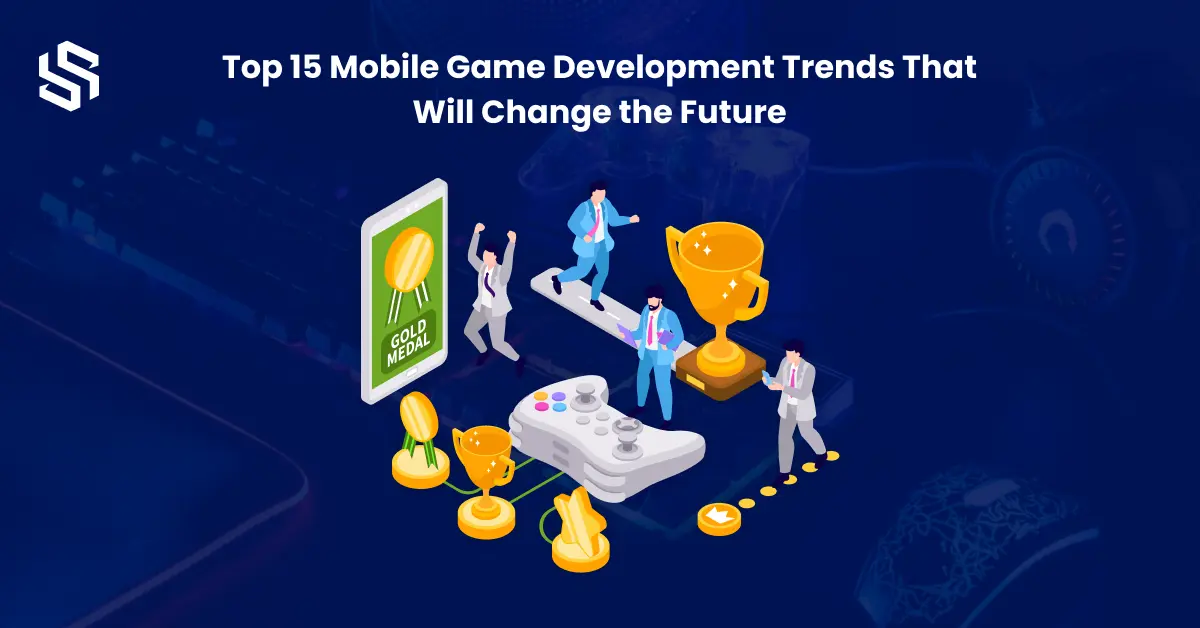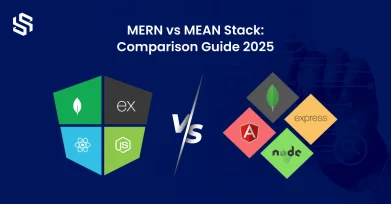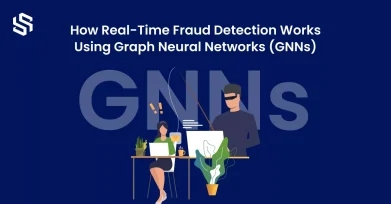The mobile gaming industry is constantly evolving, with new mobile gaming trends emerging all the time. In order to stay ahead of the curve, it’s important for game developers to be aware of these mobile gaming industry trends and incorporate them into their games.
The landscape of mobile game development is ever-changing, driven by technological advancements and shifting player expectations. To maintain competitiveness, game developers must closely monitor emerging mobile games trends in how to create a mobile game app and factor in mobile game development costs, seamlessly integrating them into their development strategies. Whether you’re looking for comprehensive sports/game mobile game development services across USA, this guide will help you stay ahead of the curve.
Mobile Gaming Market Trends

The mobile gaming market is witnessing exponential growth, fueled by increasing smartphone penetration and advancements in technology. According to Market Research Future, the market is projected to reach a value of $128.20 billion by 2027, with a CAGR of 12.2% during the forecast period (2020-2027).
Key trends driving this growth include the rising popularity of multiplayer gaming, the integration of augmented reality (AR) and virtual reality (VR) technologies, and the emergence of cloud gaming services.
In this blog post, we will discuss 15 of the top mobile game development trends to watch out for in 2024-26. These trends include:
- AR/VR
- Cloud Gaming
- Hyper-Casual Games
- Blockchain Technology and NFTs
- Social Features
- In-Game Monetization
- New Genres
- Hybrid Monetization
- Live Ops
- AI-powered Game Development
- The Rise of Esports
- The Importance of User Acquisition
- The Focus on Player Engagement
- The Subscription Model
- The Rise of Indie Games
Let’s take a closer look at each of these trends.
1. AR/VR
Augmented reality (AR) and virtual reality (VR) are two technologies that have the potential to revolutionize the mobile gaming industry. AR overlays digital elements on the real world, while VR creates a completely immersive virtual environment.
AR games have already started to gain traction, with games like Pokemon Go being a huge success. VR games are still in their early stages of development, but they have the potential to offer a truly unique and immersive gaming experience.
Applications of AR in Mobile Gaming
AR can transform the real world into a game interface, allowing for innovative gameplay that blends digital and physical spaces. Examples include treasure hunts, AR-enhanced navigation, and interactive storytelling.
The Future of VR in Mobile Gaming
VR is set to provide highly immersive gaming experiences, though it faces challenges like hardware limitations and user comfort. Advancements in VR technology will likely lead to more sophisticated and accessible VR games.
2. Cloud Gaming
Cloud services enable players to stream games directly to their mobile devices, eliminating the need for prior downloads. This feature proves beneficial for individuals with restricted storage capacities or those averse to lengthy download times. Although still in its nascent phase, cloud services have the capacity to broaden the accessibility of mobile gaming to a broader demographic.
Benefits of Cloud Gaming
- Accessibility: Allows users with lower-end devices to play high-end games.
- Storage Savings: Frees up device storage by streaming games instead of downloading.
- Instant Play: Reduces wait times, enabling instant game play.
Challenges and Opportunities
The success of cloud gaming hinges on the availability of high-speed internet. As 5G networks become more widespread, the potential for cloud gaming will expand, providing smoother and more reliable gaming experiences.
3. Hyper-Casual Games
Hyper-casual games are simple, easy-to-learn games that are designed to be played in short bursts. They are typically free to play and supported by in-app advertising.
Hyper-casual games have become incredibly popular in recent years, due to their addictive gameplay and easy accessibility. They are a great way for developers to reach a large audience and generate revenue.
Characteristics of Hyper-Casual Games
- Simplicity: Easy to understand and play.
- Short Sessions: Designed for quick gameplay.
- High Engagement: Addictive mechanics that encourage repeated play.
Monetization Strategies
Hyper-casual games primarily rely on ad revenue. Developers need to balance ad frequency to avoid disrupting the user experience while maximizing revenue.
Want to Transform Your Game Development Strategy?
Stay informed about the future of game app development. Schedule a call to learn how our team can help you implement these mobile game trends into your game projects.
4. Blockchain Technology and NFTs
Blockchain technology ensures secure and transparent digital transactions, while NFTs (non-fungible tokens) represent unique in-game items. This trend opens new possibilities for game monetization and player engagement by allowing gamers to own and trade digital assets.
Benefits of Blockchain in Gaming
- Ownership: Players can own and trade unique in-game items.
- Transparency: Ensures fair transactions and reduces fraud.
- Interoperability: Allows assets to be used across different games and platforms.
NFTs in Mobile Games
NFTs can represent rare items, characters, or skins, adding value and personalization to the gaming experience. This can drive player engagement and open new revenue streams.
Read More About 9 Innovative OpenAI Features You Can Integrate Into Your Web App
5. Social Features
Social features are becoming increasingly important in mobile games. These features allow players to connect with friends, compete against each other, and share their gaming experiences.
Popular types of social features in mobile games include:
- Guilds and clans: These allow players to team up with each other to complete challenges and events.
- Leaderboards: These allow players to see how they stack up against other players.
- Social sharing: This allows players to share their achievements and gameplay clips with friends on social media.
Impact on Player Retention
Social features can significantly improve player retention by fostering a sense of belonging and community, encouraging players to return and engage with the game regularly.
6. In-Game Monetization
In-game monetization is vital for sustaining and profiting from mobile games. Models like in-app purchases, subscriptions, and advertising offer diverse revenue streams. Choosing the right monetization strategy can maximize a game’s profitability and appeal.
Popular Monetization Models
- In-app purchases: This allows players to purchase virtual items, such as currency, power-ups, and cosmetic items.
- Subscriptions: This allows players to access exclusive content or features for a monthly or yearly fee.
- Advertising: This involves showing players ads in exchange for free gameplay or virtual items.
Balancing Monetization and User Experience
It’s crucial to implement monetization strategies that enhance, rather than detract from, the gaming experience. Overloading players with ads or pushing too many purchases can lead to dissatisfaction and churn.
7. New Genres
The mobile gaming market is constantly evolving, and new genres are emerging all the time. Some of the hottest new genres in mobile gaming include:
- Hybrid casual games: These games combine elements of casual and mid-core games, offering a more challenging and strategic experience than traditional casual games.
- Auto chess games: These strategy games involve players building a team of characters and battling against other players.
- Idle games: These games are played incrementally, with players collecting resources and making progress even when they are not actively playing.
By exploring new genres, developers can create unique and engaging games that stand out from the crowd.
Read More About The Mobile App Trends to Look forward in 2024-26
8. Hybrid Monetization
Hybrid monetization combines various revenue models, such as free-to-play with optional in-app purchases. This approach can attract a broader audience and optimize revenue generation by catering to both paying and non-paying players.
Advantages of Hybrid Monetization
- Increased Revenue: Multiple revenue streams can lead to higher overall earnings.
- Broader Appeal: Offers both free and paid options, catering to different player preferences.
- Flexibility: Allows developers to experiment and find the most effective combination of monetization strategies.
Seeking Expert Game Development Solutions?
Explore the top game development trends and how they can impact your projects. Schedule a call to discover our expert solutions tailored to your needs.
9. Live Ops
Live operations (live ops) involve continuous updates and events to keep players engaged. Regular content updates, events, and rewards ensure that players remain interested and invested in the game over time.
Key Components of Live Ops
- Content Updates: New levels, characters, or features.
- Events and Contests: Timed challenges that offer rewards.
- Player Communication: Keeping the community informed and engaged.
Benefits for Player Retention
Live ops can significantly boost player retention by providing fresh content and incentives to keep playing. This ongoing engagement is crucial for the longevity and success of a game.
10. AI-powered Game Development
Artificial intelligence (AI) is transforming game development by generating content, personalizing experiences, and creating intelligent adversaries. AI’s potential to enhance gameplay and development efficiency is immense.
Applications of AI in Game Development
- Procedural Content Generation: AI can create levels, maps, and characters dynamically.
- Personalized Gameplay: Tailors the gaming experience to individual player preferences.
- Smart NPCs: Creates more realistic and challenging non-player characters (NPCs).
Future Prospects
As AI technology advances, its applications in game development will become more sophisticated, leading to more dynamic and engaging games.
11. The Rise of Esports
Esports (electronic sports) is a form of competitive gaming that has become increasingly popular in recent years. Mobile esports is a rapidly growing market, and developers are starting to create games that are specifically designed for competitive play.
Developing Esports-Ready Games
Games designed for esports need to have balanced gameplay, competitive mechanics, and robust spectator features. Ensuring fair play and providing tools for live streaming are also essential.
Opportunities for Developers
Esports can drive game popularity and engagement, offering opportunities for sponsorships, tournaments, and community building.
12. The Importance of User Acquisition
With so many mobile games on the market, it’s more important than ever for developers to find ways to acquire new users. This can be done through a variety of marketing channels, such as:
- App store optimization (ASO): This involves optimizing a game’s listing in the app store so that it is more likely to be found by users.
- Social media marketing: This involves promoting a game on social media platforms such as Facebook, Twitter, and Instagram.
- Influencer marketing: This involves working with influencers to promote a game to their audience.
By effectively acquiring new users, developers can grow their player base and generate more revenue.
13. The Focus on Player Engagement
Once you have acquired users, you need to keep them engaged. This can be done by:
- Releasing new content regularly: This can include new levels, characters, and features.
- Running events and contests: This can help to keep players coming back for more and create a sense of community.
- Offering rewards for playing the game regularly: This can motivate players to keep coming back and spending more time in the game.
- Providing excellent customer support: This will help to ensure that players have a positive experience and are more likely to stick with the game.
By focusing on player engagement, developers can create a more successful and sustainable game.
14. The Subscription Model
The subscription model is a growing trend in mobile gaming. This model allows players to access exclusive content or features for a monthly or yearly fee.
The subscription model can be a great way for developers to generate recurring revenue. It also allows developers to provide a more premium experience for players who are willing to pay for it.
However, the subscription model is not right for every game. It is important to ensure that the subscription offers enough value to justify the cost for players.
Looking to bring your game idea to life?
Our team is on the lookout for talented game developers like you!
Join us in creating the next big thing in gaming. Apply now and let’s build something amazing together!
15. The Rise of Indie Games
Independent (indie) game development is flourishing, thanks to accessible development tools and platforms. Indie games offer unique, innovative experiences and often cater to niche audiences, enriching the mobile gaming landscape.
Advantages of Indie Games
- Innovation: Indie developers often take creative risks, leading to unique gameplay experiences.
- Diversity: Offers a wide range of games that cater to different tastes and preferences.
- Community Support: Indie games can build strong, loyal communities that support their development and success.
Read More About Our Case Study of Fantasy Sports Application Development
Conclusion
The mobile gaming industry is set to experience significant changes from 2024 to 2026, driven by technological advancements and evolving player preferences. By staying informed about these mobile games trends and working with a game app development company in the USA, developers can create engaging, immersive, and profitable games.
For those looking to enter this dynamic field, understanding how much it costs to develop a game, how to create a game app, and strategies to make your own game app is essential. By embracing these mobile game development trends, game developers can ensure their games stand out in the competitive mobile gaming market.
For those in need of specialized comprehensive mobile game development services, partnering with a reliable provider is key. Contact Syndell to hire game developers and bring your gaming vision to life with expert guidance and support.





